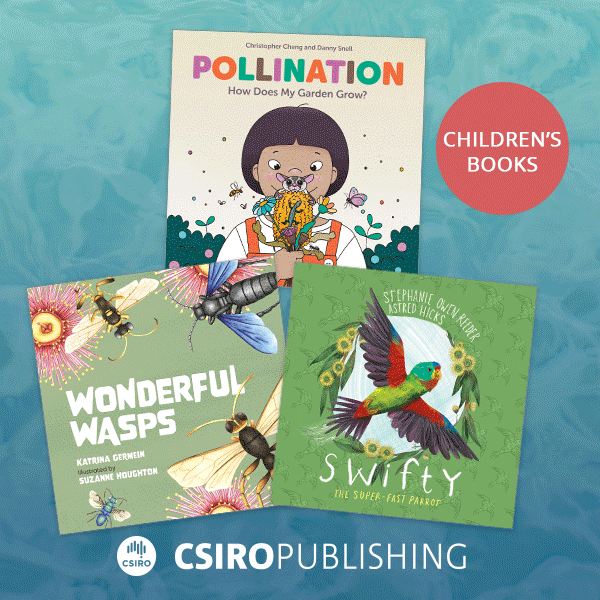It may look like apple pie and taste like apple pie, but there are no apples in it.
Create a taste illusion with this fun recipe!
![]()
![]() Safety: This activity requires baking in a hot oven and cooking on a stove. Ask an adult to help with this activity. Use clean hands and clean equipment.
Safety: This activity requires baking in a hot oven and cooking on a stove. Ask an adult to help with this activity. Use clean hands and clean equipment.
You will need
- Short crust pastry dough
- Butter
- 35 Ritz biscuits
- Water
- Sugar
- Cream of tartar
- Lemon juice and rind (zest)
- Ground cinnamon
- An egg
- Measuring cups
- Measuring spoons
- Saucepan
- Rolling pin
- Knife
- Pie dish (approximately 20 cm across)
- Oven
What to do
- Preheat your oven to 220 oC.
- Smear butter around the inside of your pie dish before lining the inside of the dish with about ½ cm of flattened pastry dough.
- Coarsely crumble the biscuits and spread them across the pastry.
- Combine 1 ¾ cup of water, 2 cups of sugar, 2 tsp of cream of tartar in a saucepan and bring to a boil on high heat before letting simmer for 15 min, stirring frequently.
- Once the syrup has cooled, add 2 tbsp of lemon juice.
- Pour the mixture over the crumbled biscuits.
- Add a layer of pastry dough for a lid to the pie, pinching in the edges for the crust. Cut slots into the dough (to prevent steam from building up).
- Wipe egg white over the crust and sprinkle it with sugar and cinnamon.
- Bake in your oven for 30 min.
- On serving, ask your guest to guess what ingredients you used in your ‘(not) apple pie’.
What’s happening?
‘Mock apple pie’ is said to have been made by the American pioneers, who lacked fresh fruit on their travels. Although there is no fruit in the recipe, to the unsuspecting tongue there is the distinct taste of apples.
Your tongue and nose both contain a number of nerve receptors that respond to the presence of certain chemicals. Contrary to what you might have heard about your tongue being divided up into different areas, buds all over your tongue are capable of detecting different tastes. Volatile chemicals evaporate and move into your nasal cavity, triggering smells that also contribute to a food’s unique flavour. The combination of these factors is responsible for giving the things you eat their characteristic odours and tastes.
It’s possible to trick your tastebuds by using the right combination of foods. Some chemicals, such as certain salts or sugars, will help mask the effects of bitter or sour flavours. This way, it’s possible to highlight the tastes you want while hiding those you don’t want. On their own, none of the chemicals in your fake apple pie’s ingredients tasted like apples. Together, however, they overlapped to create an artificial taste that was comparable to the real deal.
If you’re after more science fun for kids, subscribe to Double Helix magazine!









Leave a Reply